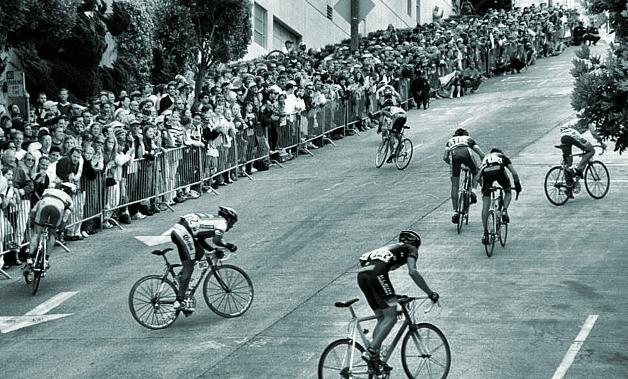Pacing is Everything
Genetics and Training
Power to Weight Ratio
Frame Size
Gearing Options
Mountain Bike Training
If you’re dead serious about becoming a better climber, take a few tips from mountain bikers. The contemporary mountain bike can climb almost anything. Riding one can help you gain skills that road bikes don’t offer. Add one to your stable, take it out on the trails regularly and the skills and abilities can transfer to your road bike climbing abilities. Additionally, descending on a mountain bike also gives you insight into descending on a road bike.
A Few Tips to Be a Better Climber
- Anticipate: Keep an eye on the hill as you approach it. Pace yourself accordingly. Don’t attack the hill, at least from the bottom. Attacking over the top is the better solution if you must attack at some point.
- Momentum: Carry momentum from your approach. Drop down through gears quickly and smoothly one at a time while maintaining momentum.
- Don’t Stand Up: Staying in the saddle keeps your heart rate down. Standing up can cause you to blow up as it puts more load on your legs resulting in an increased need in oxygen to be delivered. The exception is if you’re a lighter rider and practice it. This article gets into the science of standing versus sitting while climbing.
- Save Your Lowest Gear: Drop into your lowest gear only when you’ve slowed to about 5 mph.
- Distraction: Keep mashing the pedals. Sometimes climbing a hill is as much a mental battle as a physical one. Try to distract yourself from the pain. Pat yourself on the back when you get to the top. You own this hill.
The Climbing Cyclist
All climbing cyclists get defeated by hills at some point, climbing hills is hard work. Sometimes it’s just too steep or too long. Sometimes you have a bad shift and lose your momentum. Don’t get defeated or demoralized. There’s always tomorrow. The hill isn’t going anywhere.
